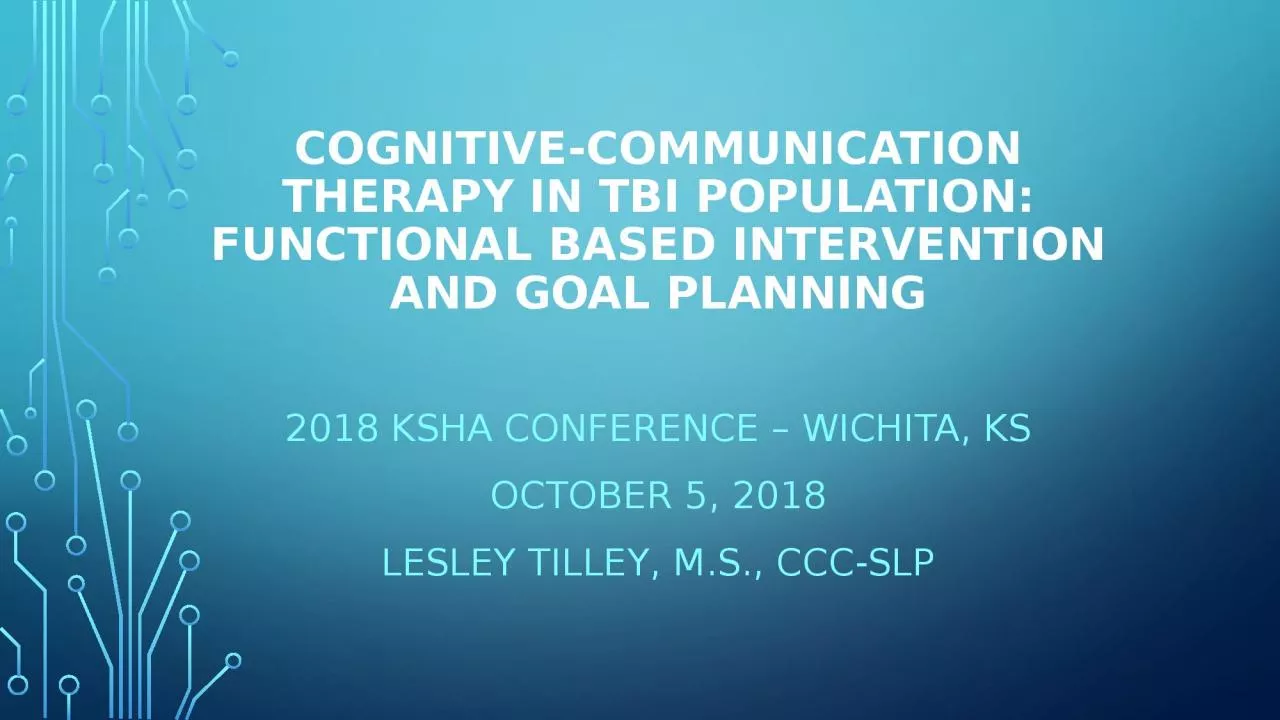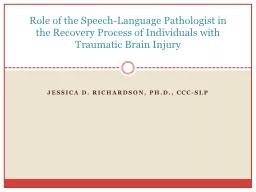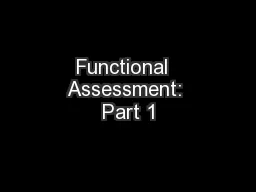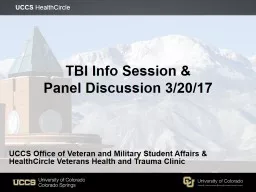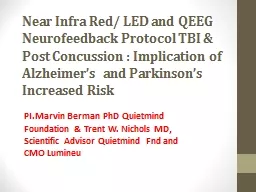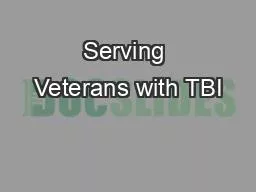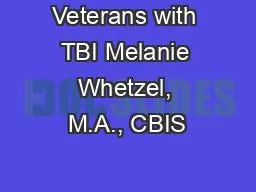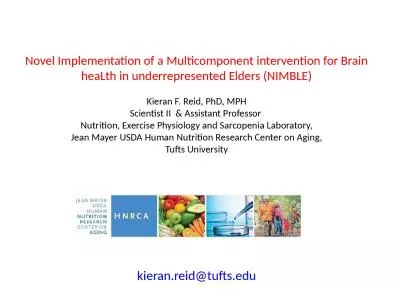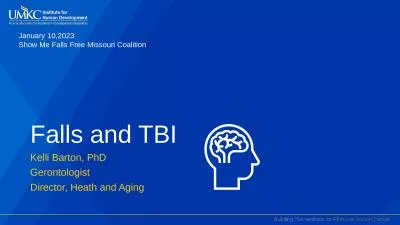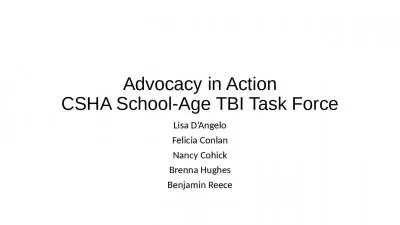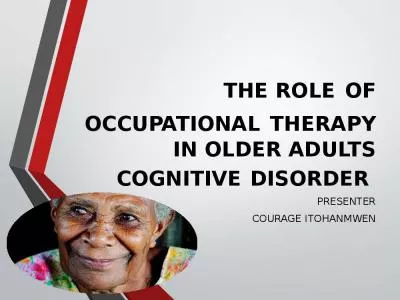PPT-Cognitive-Communication Therapy in TBI population: Functional Based Intervention and Goal
Author : evelyn | Published Date : 2024-02-02
2018 KSHA Conference Wichita KS October 5 2018 Lesley Tilley MS CCCSLP FINANCIAL DISCLOSURE Full Time Position year round NONFINANCIAL DISCLOSURE No financial or
Presentation Embed Code
Download Presentation
Download Presentation The PPT/PDF document "Cognitive-Communication Therapy in TBI p..." is the property of its rightful owner. Permission is granted to download and print the materials on this website for personal, non-commercial use only, and to display it on your personal computer provided you do not modify the materials and that you retain all copyright notices contained in the materials. By downloading content from our website, you accept the terms of this agreement.
Cognitive-Communication Therapy in TBI population: Functional Based Intervention and Goal: Transcript
Download Rules Of Document
"Cognitive-Communication Therapy in TBI population: Functional Based Intervention and Goal"The content belongs to its owner. You may download and print it for personal use, without modification, and keep all copyright notices. By downloading, you agree to these terms.
Related Documents

